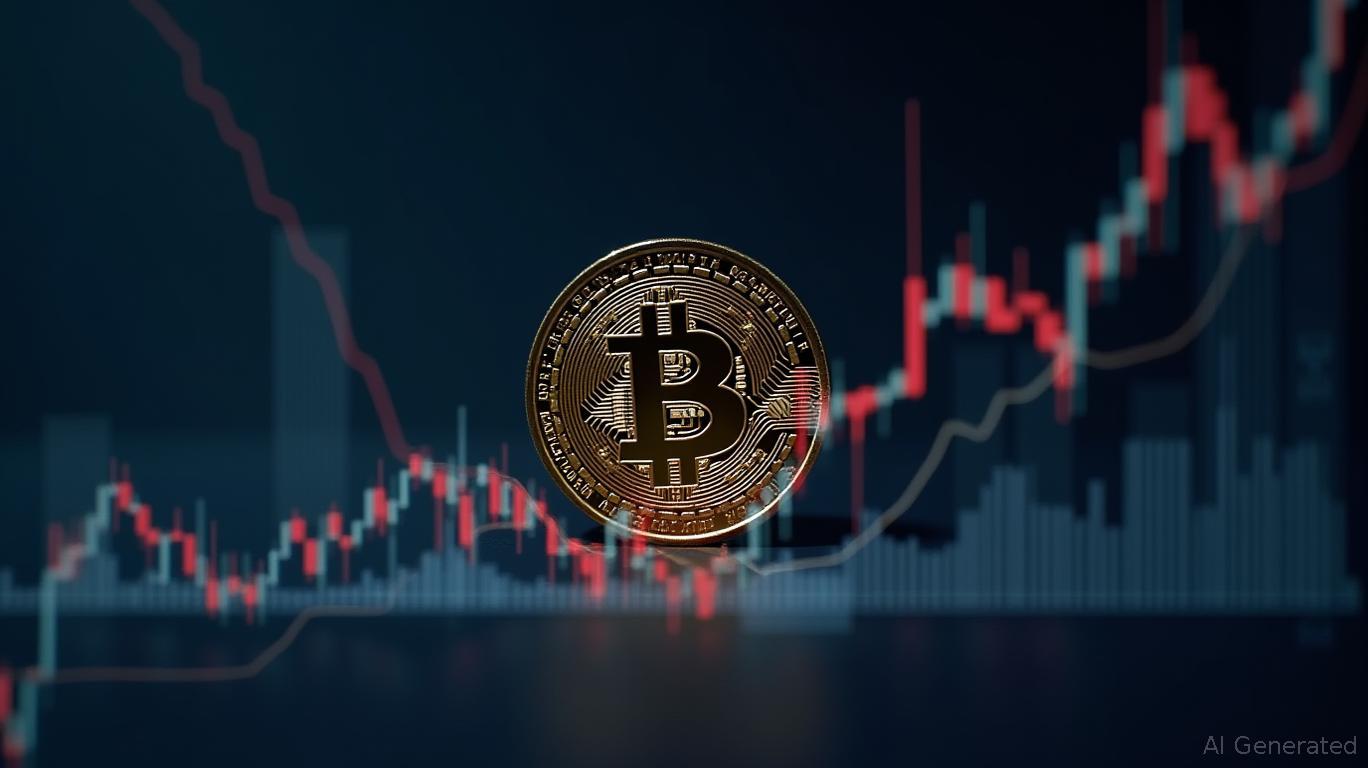Bitcoin News Update: Temporary Setback, Future Growth: Bitcoin's Recent Pullback Could Pave the Way for a Strong Upward Recovery
Bitcoin could be headed for a 20% pullback as on-chain data points to mounting pressure among speculative traders, according to a recent
While short-term holders are experiencing losses, long-term holders (LTHs) continue to show strength. The Spent Output Profit Ratio (SOPR), which tracks the profitability of coins that have been sold, is currently at 2.3, indicating ongoing confidence among LTHs. This divergence points to a market reset, where short-term pain could set the stage for future gains. Glassnode’s data reveals that previous STH-NUPL downturns have often preceded bullish reversals, with

The ongoing correction has been intensified by significant selling from long-term holders, who have offloaded about 104,000 BTC this month—the largest amount since July. This wave of distribution, together with short-term holders selling at a loss, has limited Bitcoin’s recovery. Technical signals such as the Stochastic RSI indicate a rebound from oversold conditions, but a sustained move above $113,000—the average cost for short-term holders—is needed to confirm a bullish reversal.
Despite the turbulence, some experts remain hopeful. Michael Saylor, CEO of MicroStrategy and a prominent Bitcoin investor, has projected that the price could reach $150,000 by the end of 2025, citing positive regulatory changes and growing institutional interest, according to a
At present, Bitcoin is trading around $108,590, staying above the crucial $108,000 support, as reported by a
Traders are watching on-chain trends closely. The Cost Basis Distribution Heatmap shows Bitcoin struggling to reclaim major supply zones, with fresh selling from LTHs adding to resistance at higher prices. Meanwhile, capitulation among short-term holders—reflected by an STH-NUPL of –0.05—points to fragile investor confidence. Analysts stress that a shift from distribution to accumulation among LTHs is essential for a lasting recovery.
As Bitcoin works through this correction, the dynamic between short-term weakness and long-term strength shapes the outlook. While immediate hurdles remain, historical trends and technical signals suggest a possible turnaround—provided key support levels hold and broader economic conditions are favorable.